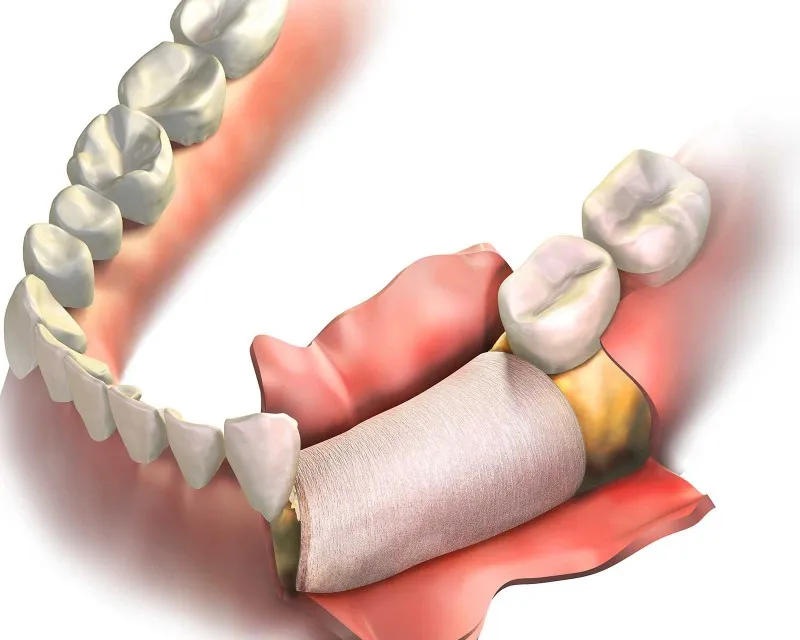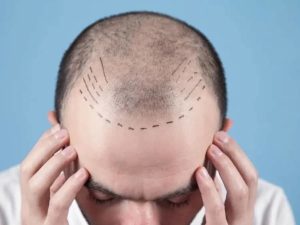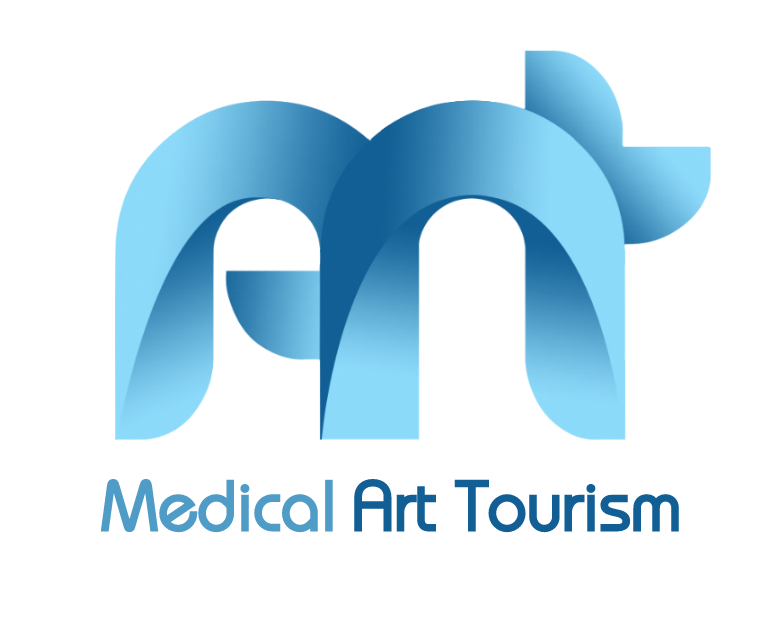
Guided Bone Regeneration

Guided bone regeneration (GBR) is a dental and surgical technique used to promote the growth of new bone in areas where bone loss has occurred or to enhance the bone volume for dental implant placement. The procedure involves the use of barriers or membranes to guide and protect the regenerative process.
The process typically involves the following steps:
Bone Defect Identification: The dentist or oral surgeon identifies an area where bone regeneration is required, such as a site with insufficient bone for dental implant placement or a region with bone defects caused by periodontal disease or trauma.
Surgical Preparation: The area is prepared for the GBR procedure. Any damaged or infected tissue is removed, and the bone surface is thoroughly cleaned to create an optimal environment for regeneration.
Barrier Placement: A biocompatible barrier or membrane is placed over the bone defect to separate the soft tissues (gums) from the bone regeneration area. The barrier prevents fast-growing soft tissues from occupying the space and encourages the slower growth of bone cells.
Bone Grafting: Bone graft materials, such as autografts (bone from the patient’s own body), allografts (bone from a human donor), xenografts (bone from an animal source), or synthetic materials, are placed within the defect or around the area. These grafts provide a scaffold for new bone cells to grow upon and facilitate bone regeneration.
Suture and Healing: The barrier is secured in place with sutures, and the surgical site is allowed to heal. Over time, the body’s natural healing processes begin, and new bone starts forming within the guided area.
Membrane Removal (if applicable): Some barriers or membranes are absorbable and do not require removal. Others may need to be removed in a subsequent procedure after sufficient bone regeneration has occurred.
The success of guided bone regeneration depends on several factors, including the patient’s overall health, the choice of bone graft material, the type of barrier used, and the surgical technique. The procedure is commonly used in dental implantology, periodontal surgery, and maxillofacial bone reconstruction to create a stable foundation for dental implants or to address bone defects resulting from various conditions. However, as with any surgical procedure, there are potential risks and complications, so it’s essential to consult with a qualified dental or oral surgery professional to determine if guided bone regeneration is suitable for a particular case.
Recent Posts



